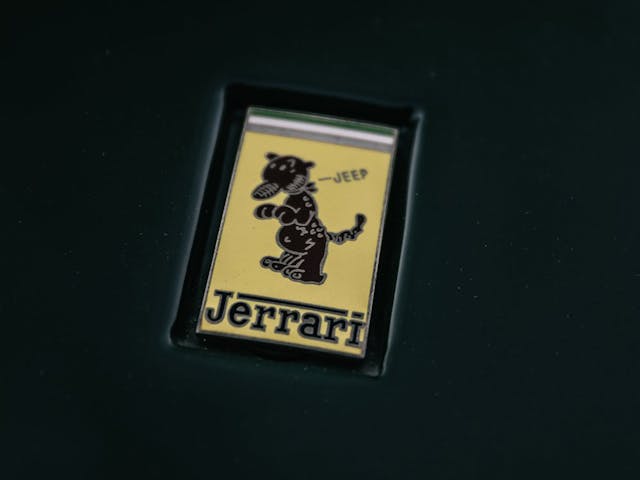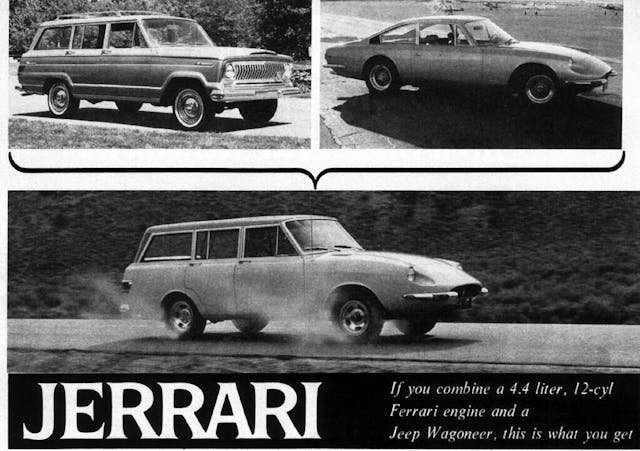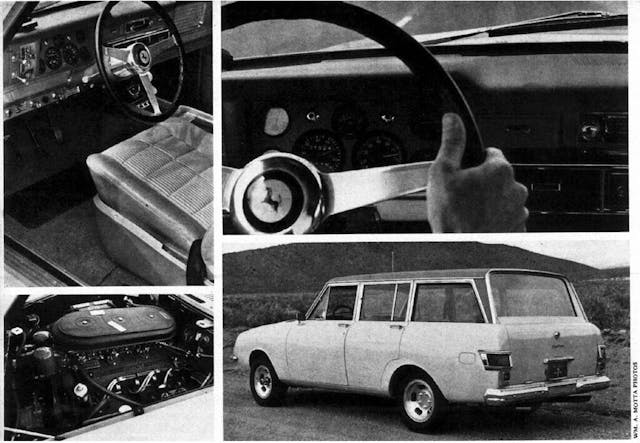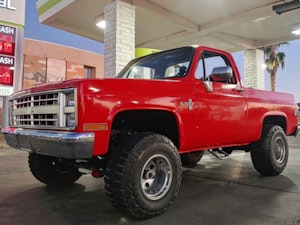Media | Articles
The Purosangue won’t be the first Ferrari 4×4—or even the second
In anticipation of Henry Catchpole’s First Drive review of the Ferrari Purosangue at 6 pm ET today, make sure to read about its even stranger, Jeep-based 4×4 predecessor. Brendan McAleer’s entertaining tale about the so-called “Jerrari” shows just how much has changed in Maranello over five decades. Enjoy! –Eric Weiner, Exec. Editor
Ferrari has confirmed that its SUV project, the Purosangue, will arrive around 2022. If you are a Ferrari tifosi, this news is unlikely to make you break out the giant prancing horse flag, Ferrari win at Monaco or no. High-performance crossovers are certainly a great way to pad a manufacturer’s bank account, but even the idea of a fat Ferrari four-by-four would be enough for ol’ Enzo to take a flamethrower to his accounting department.
In fact, back in the late 1960s, Enzo received and refused a request to build something a bit like the Purosangue. The order came from casino magnate William Fisk Harrah, who certainly had the wherewithal to foot any bill Ferrari cared to charge. Harrah’s casinos in Reno and Tahoe had raked in millions of dollars, and he often indulged his automotive passions, which extended to a collection of nearly 1500 cars. But when it came to a Ferrari SUV to plow through winter conditions in the desert, things came to a head.
Enzo said, “No.”
Harrah said, “Oh yeah? Watch me.”
Marketplace
Buy and sell classics with confidence

Because he employed a large staff to take care of his enormous car collection, Harrah was able to take the design of the Jerrari completely in-house. Sheet metal was stretched and molded to make the Ferrari front end fit the taller Wagoneer’s profile. The resulting car is hardly pretty. But as a millionaire’s raspberry at Enzo, the Jerrari is pretty funny.
Underneath, this Ferrari-Jeep chimera was the real deal. Harrah’s mechanics had to cut the 4.4-liter V-12’s oil sump to clear the front differential, but made up for the 20-percent reduction in capacity by adding a transmission cooler up front. A Borg-Warner T-10 four-speed manual transmission was used in place of the too-long Ferrari five-speed, and longer final-drive differentials were fitted front and rear. The clutch was a blend of Ferrari and Chevy parts.



That V-8 conversion took place in Harrah’s garages, because he built not one, but two Jerraris.
Out came the Ferrari V-12, and in it went to a Wagoneer again, this time a brown, wood-paneled 1977 model. Instead of messing around with the bodywork on this second car, the team worked to retain the five-speed Ferrari transmission by relocating dual radiators to the sides of the engine for a little additional clearance. They also installed oil coolers from a helicopter.

You can find the second Jerrari at the Harrah Collection in the National Auto Museum in Reno. After Harrah’s death, most of his cars were sold at auction. However, public outcry led Holiday Inn, which had acquired the collection, to donate about 175 vehicles to help establish the museum.
As it stands, either Jerrari is everything the Purosangue is not. The first one is a bit of an eyesore, but it was an incredibly audacious project. It’s the kind of undertaking that required not only wealth, but also drive, determination, perfectionism, and a sense of humor.

So let Ferrari build themselves a super-SUV. It’ll be fast as hell, capable in poor weather, and incredibly expensive. It won’t have one-quarter the soul of Harrah’s Jerraris.
***
Check out the Hagerty Media homepage so you don’t miss a single story, or better yet, bookmark it. To get our best stories delivered right to your inbox, subscribe to our newsletters.















